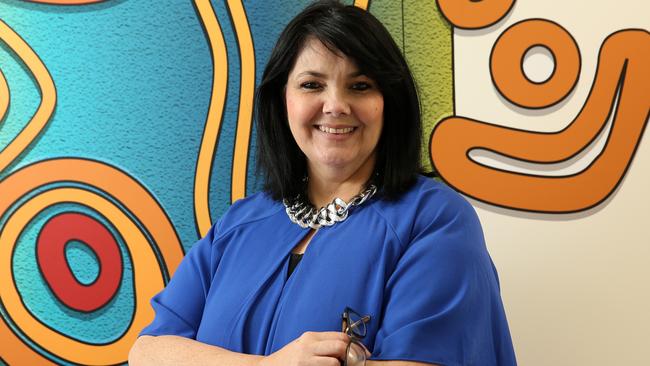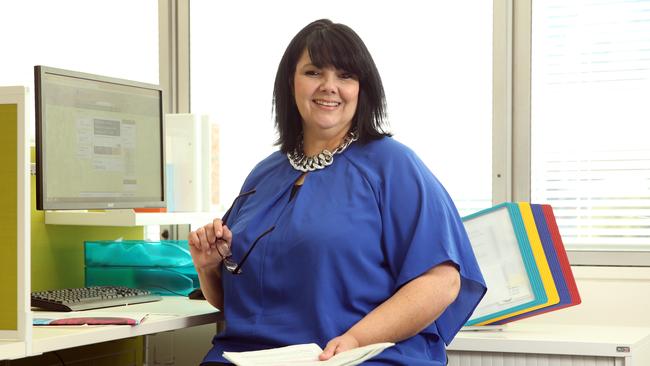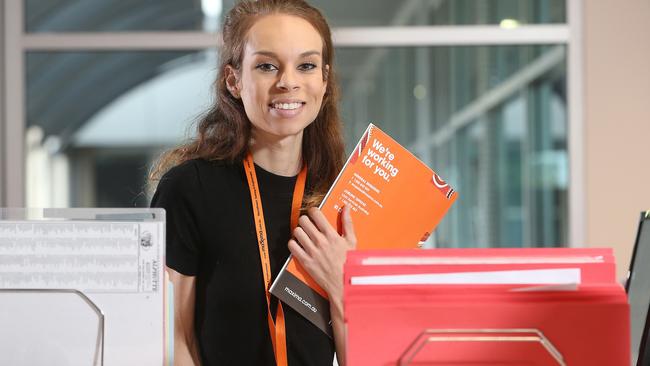Culturally inclusive recruitment processes key to closing the gap for indigenous workers
AUSTRALIAN workplaces are changing. When it comes to recruiting new staff, culturally appropriate interview questions are helping close the gap.

WORKPLACES willing to create cultural equality in Australia are urged to step forward.
As many organisations work to address issues such as gender diversity and ageism, workers are reminded Aboriginal and Torres Strait Islander Australians also face their own hurdles and overcoming these not only leads to better workplaces, but a better nation.
For National Reconciliation Week, workers are asked to consider what role they can play.
An alliance between Yarn’n Aboriginal Employment Services and recruitment firm Randstad, for example, aims to this year place at least 100 indigenous candidates in roles ranging from entry-level to senior positions across industries from construction to business.
Randstad Australia and New Zealand chief executive Frank Ribout says they have already placed 40 workers in just three months so hope to exceed their target.
“We are trying to find employers willing to adapt their recruitment process to allow people to present themselves in the best light,” he says.
“Once in the organisation (we) provide support on an ongoing basis through coaching to make sure if there are issues in their private life, they won’t affect their professional life. We make sure they can stay.”

Aboriginal Housing Office senior project officer Lani Watson was matched with her role by Yarn’n and Randstad and says the process made her feel at home.
“My interview was so culturally appropriate. They asked me questions but I was able to speak in a way that was from the heart,” she says.
“It was a different style of interview and I think that says a lot about the organisation and getting the right people for the job and doing it in a way that is culturally inclusive.”
Another organisation helping close the gap between indigenous and non-indigenous unemployment is Maxima.
RELATED: Uni grads aren’t always better off
RELATED: Two in three jobs need soft skills by 2030
Its Vocational Training and Employment Centre program involves analysing skills, updating resumes, discussing interview techniques and goals, creating action plans, and providing ongoing mentoring for workers.
When indigenous Australian Rebekah Carr moved to Adelaide she came across Maxima and decided to make the switch from healthcare to community work.
She started in administration then moved to recruitment as the Jobs4Youth co-ordinator hiring disadvantaged young people for State Government roles.
“There is lots of stigma (around indigenous Australian workers) so it’s definitely a passion of mine to get as many indigenous people into employment as possible and close the gap,” she says.
“They do want to work. We have a massive case load of indigenous jobseekers trying to find employment.”

Federal Government data reveals just 48.4 per cent of indigenous Australians were employed in 2014-15, compared to 72.6 per cent of non-indigenous Australians.
The largest barriers to employment for indigenous Australians are having no jobs in their local area or line of work (54.8 per cent of unemployed indigenous Australians agree), transport or distance problems (32.1 per cent), and insufficient education, training or skills (30.1 per cent).
Serena Trencher, general manager of remote and regional recruitment company Downunder People, says many companies may be unaware of the benefits of hiring indigenous staff.
“Benefits can include improved staff retention, succession planning, government funding, more easily filling vacancies in remote and regional locations (and) culture knowledge,” she says.
She says positions dealing with land rights and indigenous key stakeholders and boards are best filled by indigenous workers.
She says there is demand in areas with large indigenous populations for medical skills as well as trade-qualified workers, particularly in refrigeration or commercial cookery.
A new report from the National Centre for Vocational Education Research reveals 18.7 per cent of indigenous people aged 15 to 64 enrolled in vocational education in 2015 — about double the rate of non-indigenous people (9.3 per cent).
From 2005 to 2015, government-funded indigenous program enrolments increased from 81,915 to 105,191.
The most popular fields of education for indigenous males were engineering and related technologies (25.1 per cent of all 2015 enrolments), mixed field programs (18 per cent), architecture and building (12 per cent) and agriculture, environmental and related studies (10 per cent).
For indigenous females, these were society and culture (23.2 per cent), management and commerce (22.7 per cent), mixed field programs (15.2 per cent), and food, hospitality and personal services (11.5 per cent).
READ MORE EMPLOYMENT NEWS IN THE CAREERS SECTION OF SATURDAY’S NEWS CORP AUSTRALIA METROPOLITAN NEWSPAPERS.




